Oeosa Temple (오어사(포항))
0m 38520 2023-01-25
1 , Oeo-ro, Nam-gu, Pohang-si, Gyeongsangbuk-do
+82-54-292-2083
Oeosa Temple in Unjesan Mountain is a place where the deep scent of Buddha can be felt with a lake that looks like a dragon wrapped around it and the strangely-shaped cliffs which harmonizes like an oriental painting. Oeosa Temple is a sacred place where the four great patriarchs of Silla were born. This temple was built during the reign of King Jinpyeong (579-632), the 26th ruler of Silla. It was originally called Hangsasa Temple, but when Great Master Wonhyo and Zen Master Hyegong practiced religious asceticism here, a contest was held to revive the fish in the stream with religious power. However, one of them did not survive, and the other did and swam vigorously.
So each argued that he himself saved the fish, so they called it Oeosa Temple by writing the characters 'O' and 'Eo.' Daeungjeon Hall has a hip-and-gable roof with three bays in the front and two in the side. It was rebuilt in the 17th year of King Yeongjo of the Joseon dynasty (1741). Around the temple, the beautiful natural scenery of Unjesan Mountain and the blue water of Oeoji are spectacular. Jajangam Hermitage can be seen on the rocky cliff, and Wonhyoam Hermitage can be seen to the west of Oeosa Temple. Daeungjeon Hall (Gyeongbuk cultural heritage) has a national treasure bell, Buddhist monk Wonhyo's hat, and many other relics.
Yeongil Bay Hot Springs (영일만온천)
3.0 Km 22503 2020-03-18
21, Unje-ro 386beon-gil, Nam-gu, Pohang-si, Gyeongsangbuk-do
+82-54-285-0101
The construction of this huge hot spring complex started in Yeongil Bay in 1988 after it was found that Yeongil Bay has the highest geothermal heat in Korea while drilling for oil in 1974.
The water’s main ingredients contain healthy minerals such as calcium, natrium, fluorine, magnesium, chlorine, sulfuric acid, fluorine, zinc, germanium and radium. Yeongil Bay Hot Springs maintains its water with alkali bicarbonate at a pH of 9.43. The temperature of the water is somewhat low though at 35℃.
The hot springs help to recover from fatigue, to help beauty care, anti-aging, neuralgia, heart disease, and liver functions. The water here also has a very unique texture.
The POSCO Museum (포스코 역사관)
8.0 Km 3344 2018-08-07
14, Donghaean-ro 6213beon-gil, Nam-gu, Pohang-si, Gyeongsangbuk-do
054-220-7720, 7721
The POSCO Museum shows the history, spirit, corporate culture and vision of POSCO. POSCO was able to achieve success thanks to the POSCO employees who fought against all kinds of adversities. The POSCO museum showcases such great achievements, as well as the entire history of the company, giving dreams and hopes to the youth who visit the museum.
Pohang Steelworks (포항제철소)
8.1 Km 17222 2018-09-05
6261, Donghaean-ro, Nam-gu, Pohang-si, Gyeongsangbuk-do
Pohang Steelworks, also known as POSCO, was built at Yeongilman Bay from 1970 until 1981 to shift the focus of the country's growth engine from the agriculture-oriented primary industry of the 1960s to the heavy chemical industry. Photography within the factory is prohibited, making a visit here key to fully experiencing all POSCO has to offer.
Appletree Hotel
9.8 Km 17634 2021-04-09
7-5, Jungheung-ro 100beon-gil, Nam-gu, Pohang-si, Gyeongsangbuk-do
+82-54-241-1234
Apple Tree Hotel is a business hotel located in Pohang, Gyeongsangbuk-do. It's a five-story building with a total of 28 Double, Twin, and Ondol Rooms. Non-smoking rooms are available, and free breakfast is served from 7:00am to 9:00am. The hotel is a mere 5-minute walk from Pohang Bus Terminal and only a 10-minute ride from Pohang Airport. Nearby tourist attractions include Guryongpo and Homigot Sunrise Square. The most famous dish in Pohang is "Guryongpo Guamaegi,” which is half-dried mackerel pike or herring.
Robo Life Museum (로보라이프 뮤지엄)
10.1 Km 7915 2021-03-10
39, Jigok-ro, Nam-gu, Pohang-si, Gyeongsangbuk-do
054-279-0427
The Robo Life Museum is a place where one can meet robots that are already part of our daily lives, knowingly and unknowingly. Visitors can learn about robots while dancing and drawing with them as well as touching and operating them. Through the museum, visitors can experience what the future will be like. It also is an ideal place for kids to satisfy their curiosity and have fun.
Pohang International Fireworks Festival (포항국제불빛축제)
10.2 Km 76251 2023-05-22
Haedo-dong, Nam-gu, Pohang-si, Gyeongsangbuk-do
• 1330 Travel Hotline: +82-2-1330 (Korean, English, Japanese, Chinese) • For more info: +82-54-289-7852
The Pohang International Fireworks Festival features a fireworks competition, DJ Party, picnic concept busking, light theme zone, Kinect Art, and more.
Girimsa Temple (기림사)
10.3 Km 15060 2022-12-29
437-17, Girim-ro, Gyeongju-si, Gyeongsangbuk-do
+82-54-744-2292
Girimsa Temple is located in Hamwolsan Mountain in Yangbuk-myeon, Gyeongju. The temple was built in the Silla Era and, with 16 buildings, is the second largest temple after Bulguksa.
Legend has it that the temple was originally built by the Venerable Gwang-yu, a sage from India, in the early part of the Silla Kingdom. The temple was reportedly called Imjeongsa at first, but was later changed to Girimsa after undergoing expansive renovations by Monk Wonhyo. It is still unclear exactly what year the temple was built in.
Girimsa is divided into two main areas. The first is the area around Daejeokgwangjeon Hall where the statue of Birojanabul is enshrined. The second is the area around the majestic 500-year-old bo tree (a kind of large fig tree) that is home to a wooden pagoda, the Seongbo Museum, Samsingak, Mangbujeon, and Gwaneumjeon halls. Daejeokgwangjeon Hall was first built during Queen Seondeok's reign, and was rebuilt six times since its original construction. Its simple but majestic architecture is characterized by baeheullim (aka, entasis columns) and a Dapoyangsik (Dapo-style) single-tiered gabled roof.
Girimsa is famous for Ojongsu, water that is said to have five different tastes. It consists of gamrosu, which is best for making tea; hwajeongsu, which supposedly gives comfort to the drinker; janggunsu, which makes the body stronger; myeongansu, which gives clear vision; and otaksu, which is said to sparkle so brightly that it attracts all the birds of the air. During Japanese colonial rule, the source of janggunsu, literally meaning ‘water of a general,’ was reportedly blocked off by Japanese soldiers, who were afraid the water would give the Korean people the strength to overthrow them. Except for janggunsu, water still continues to flow from each source.
On the way to Girimsa temple is Golgulsa Temple, well known for its 12 grottos. Golgulsa was originally a hermitage of Girimsa. After becoming an independent institution, it became the center of Seonmudo practice in Korea. The temple aims to promote the art of seonmudo on a national and international level.
Dayu (다유)
10.8 Km 10506 2019-08-01
84-5, Moksil-gil, Cheonbuk-myeon, Gyeongju-si, Gyeongsangbuk-do
+82-54-773-8866
Located in Mulcheon-ri, Gyeongju-si, Dayu offers a comfortable resting place for visitors who need to rest and recharge during their trip. The restaurant serves nutritious meals for vegetarians and traditional teas.
Pohang Canal (포항운하)
10.9 Km 8756 2020-06-09
1040, Huimang-daero, Nam-gu, Pohang-si, Gyeongsangbuk-do
+82-54-270-5177
Pohang Canal, completed in January 2014, cuts between Pohang's Songdo-dong and Jungdo 1-dong, connecting the waters under Dongbindaegyo Bridge with Hyeongsangang River to the south. The canal has a total length of 1.3km, adding on to the 8~10 km long seafaring road of Pohang. The canal is a restoration of an old water path, and the citizens have welcomed the eco-friendly construction as a community park. Many people enjoy walking along the canal or the romantic experience of riding on a cruise ship through the canal.

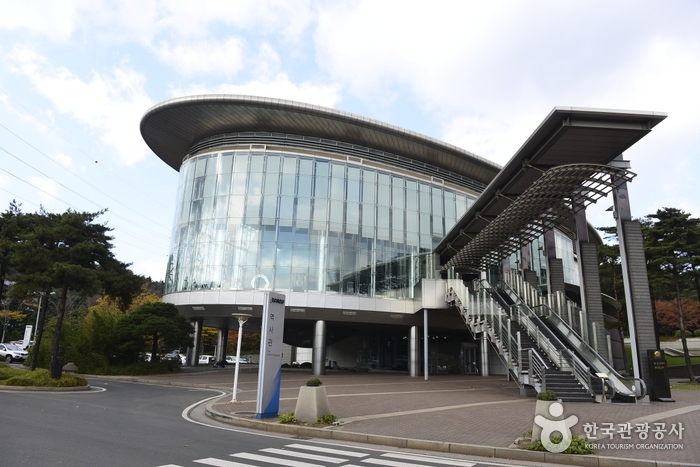
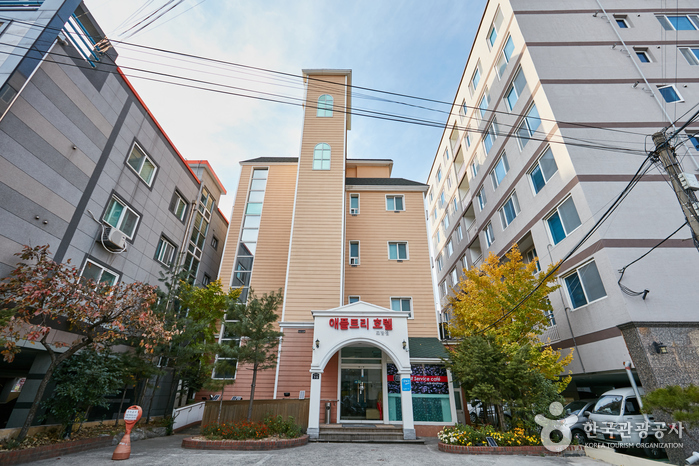
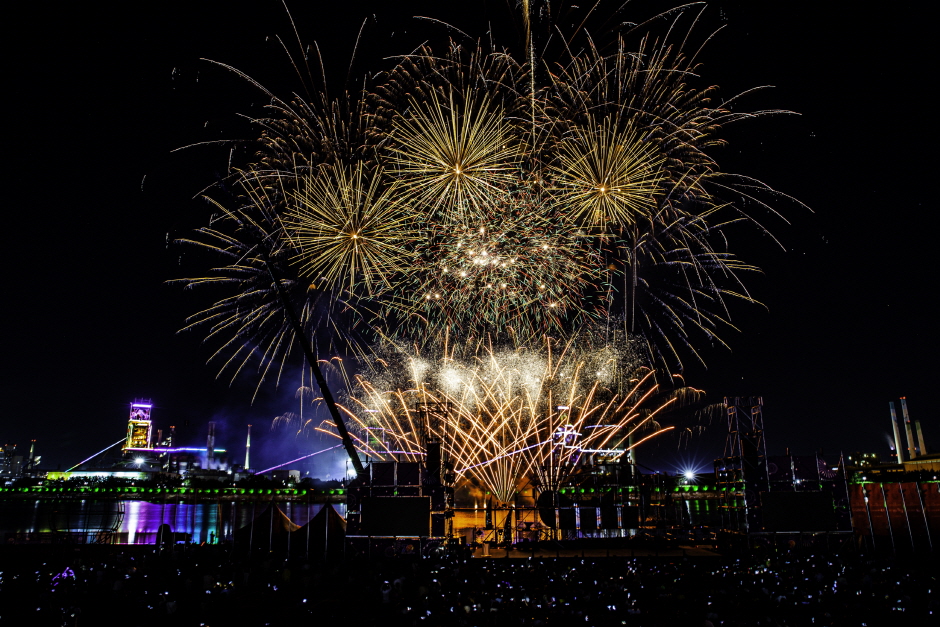
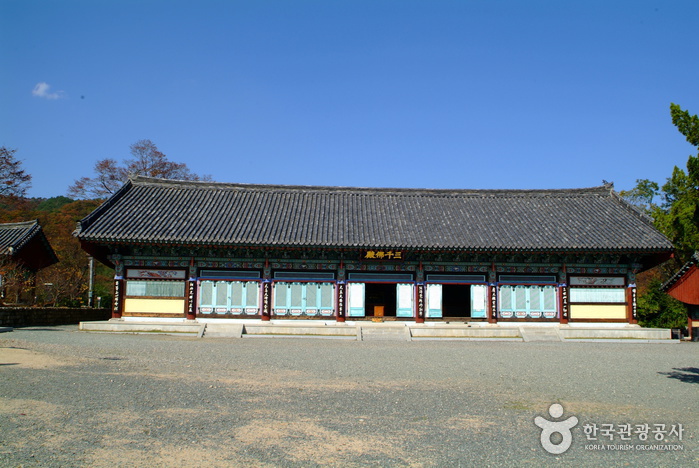
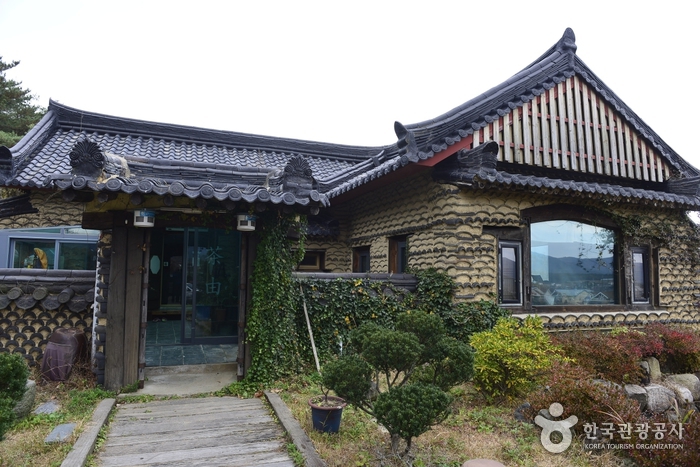
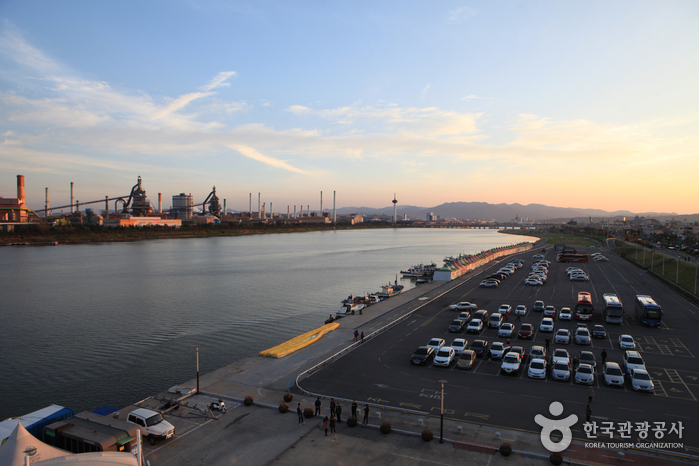
 English
English
 한국어
한국어 日本語
日本語 中文(简体)
中文(简体) Deutsch
Deutsch Français
Français Español
Español Русский
Русский